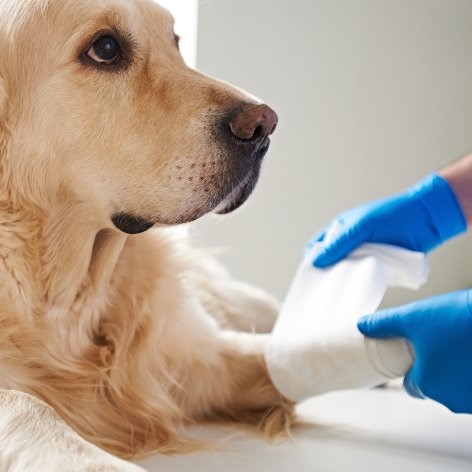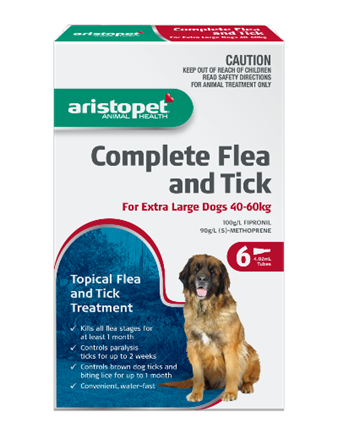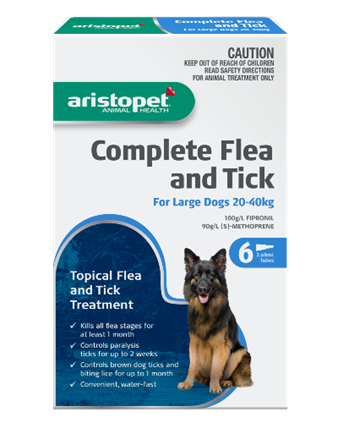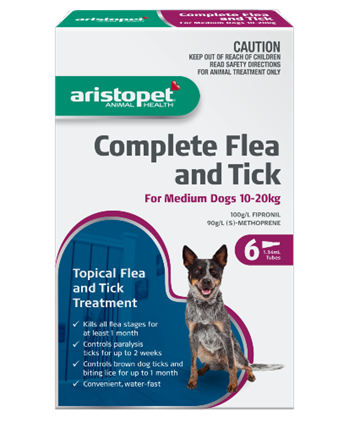Anytime of year, and especially Spring, can bring fleas to your dog. Fleas are small insect parasites which are common in dogs. They attach to and feed off the blood of animals.
Flea bites can also cause irritated skin in humans, so it’s important to get on top infestations quickly.
Fleas live in the environment or on other pets. Dogs are exposed in their backyards or when out and about. Fleas can also jump across from native animals. 95% of a flea’s lifecycle is off the dog – meaning the fleas we see on our dogs are only 5% of the actual problem!
Flea bites are the most common cause of skin disease in pets.
When fleas bite, they inject a small amount of their saliva into the dog’s skin. For all dogs, this irritates their skin and leads to scratching, which can lead to skin trauma and infection. But for dogs with Flea Allergy Dermatitis, the saliva causes an intense reaction – above and beyond an itching sensation, which causes them to scratch incessantly and over-groom.
Fleas can also carry tapeworms which can infect a pet if they eat an infected flea while grooming. Tapeworms can pass from pets to humans, so it is essential to treat pets regularly with dog worming treatments and dog flea treatments.
You will know if your dog has fleas – they will scratch and bite at their skin, commonly over their rump and tail base. You might also spot fleas in your carpet or notice tiny black specks of flea dirt (poo) in your dog’s fur. When placed on a damp tissue, these specks will look red because they contain digested blood.
Importantly, just because you can’t see fleas on your dog doesn’t mean they’re not there! Female adult fleas live for 7-14 days and can lay up to 40 eggs a day on an animal’s hair, so it only takes a short period for your dog’s environment to become contaminated. Eggs then fall into the surrounding environment such as bedding, furniture, carpets or garden soil. This explains why the main source of infestation is usually the pet’s usual surroundings and is why year-round protection is essential.
Luckily there are numerous methods to prevent and control flea infestations. Flea treatments for dogs come in many forms – tablets, spot-ons, chewables, collars, sprays and powders. Skin calming shampoos and limiting access to bushland can also help. There's also a huge range of puppy flea treatments available for little pups. When searching for a flea treatment, look for a product which combats the entire flea lifecycle, and follow your veterinarian’s advice carefully.
Only use a product that is safe for your pet - products designed for dogs can be fatal if given to cats.
Setup a Free SMS Treatment Reminder
Whilst fleas prefer warmer temperatures, they also well adapted to survive inside during colder months. Although with the mild winters experienced by most of Australia, fleas can be a year-round problem, so it is vital to maintain flea control all year round. You and your dog will be happier for it.








